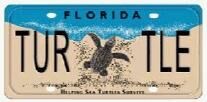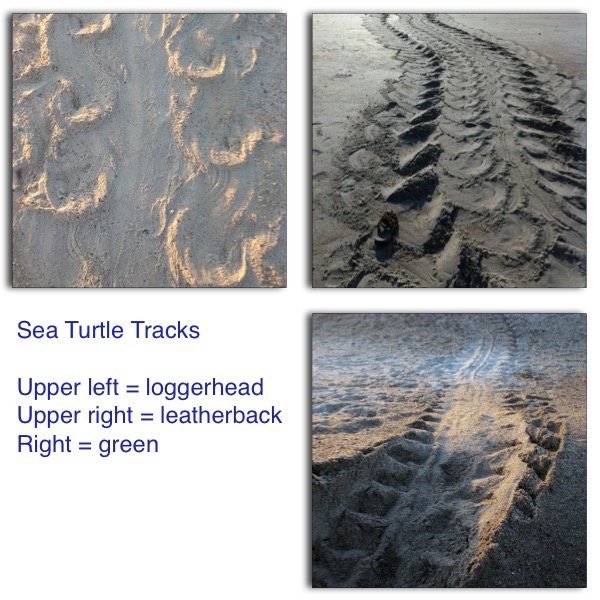What can I do to help protect the local sea turtles?
Keep the beach clean, flat, and dark. Remove all beach furniture and trash at the end of the day. Fill in holes and knock down sand obstructions. Turn porch lights off and pull curtains closed on beach front property. Keep those flashlights off or use red LED flashlights. Protect the locals!



If you dig holes on the beach, please fill them in before you leave for the day. Big holes such as these are not only dangerous for nesting turtles and hatchlings, they are also very dangerous for people who may be walking on the beach at night, Please keep the beach flat and safe!
You can help. Download and share our Fill in your holes poster
What can people see when the visit Amelia Island?
Visitors to Amelia Island frequently ask if they can watch turtles nest or watch hatchlings come out of the nest. Only on a very rare occasion can people witness either of these remarkable events. We do not conduct turtle walks to observe nesting. Amelia Island does not have the nesting density of south Florida beaches, not to mention the fact that turtles nest anytime from sunset to sun up. The same is true for hatchling emergences. Baby turtles hatch from the egg anywhere from 1-3 days before emerging from the nest and crawling to the sea.
Incubation is not exact. There is a 10 day window in which hatchlings will emerge from a nest. Again, this can happen anytime from sunset to sun up.
So what can visitors experience? Three days after we discover that a nest has emerged and hatchlings have crawled to the sea, permitted volunteers will "excavate" the nest. This is simply an inventory of all the remaining nest contents: unhatched eggs, shards (empty egg shells), dead hatchlings, and yes, sometimes even live hatchlings. This event is open to the public. Volunteers will share with spectators the history of that particular nest and general sea turtle facts. If live hatchlings are found, we will release them at that time for the public to see. Excavations will begin in early-mid July and will continue until all the nests have hatched and emerged.
See our excavation schedule page.

The Difference Between a Sea Turtle and a Gopher Tortoise (Land Turtle)
AISTW Only Handles Sea Turtles


Gopher tortoises have feet and walk on the beach.
Sea turtles have flippers and drag themselves on the sand.
Report injured gopher tortoises to
The Wildlife Rescue Coalition, 904-779-5569
People often contact AISTW to report tortoises on the beach, on the street, on walkovers and in driveways. Tortoises live on the land and often travel randomly in the above mentioned areas. Gopher Tortoises are protected by Florida Statute and should be left alone in their natural habitat, which is the dune areas of coastal communities. They will often walk to the ocean and get in the water to cool off and toss in the surf to remove parasites from their shells. This is natural behavior. They will come out of the water when they are ready. Please do not pick them up and carry them to or from the water. Generally they will do this during the heat of the day.
Sea turtles, on the other hand, will generally come ashore at night, and they must drag their bodies from the surf to the dry sand area of the beach. Sea turtles on the beach should be reported to AISTW.
For more information on Gopher
tortoises: myfwc.com/wildlifehabitats/profiles/reptiles/gopher-tortoise/


The nesting season here on Amelia Island for 2025 has begun with our first nest found on April 30. If you have questions, you may find the answer on this website, or please ask us on the beach or use our email address on this website. For sea turtles stranded on our beach, please use our telephone number to contact us.




